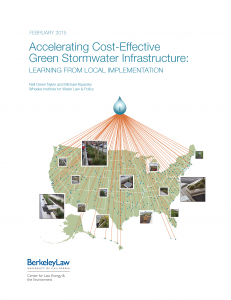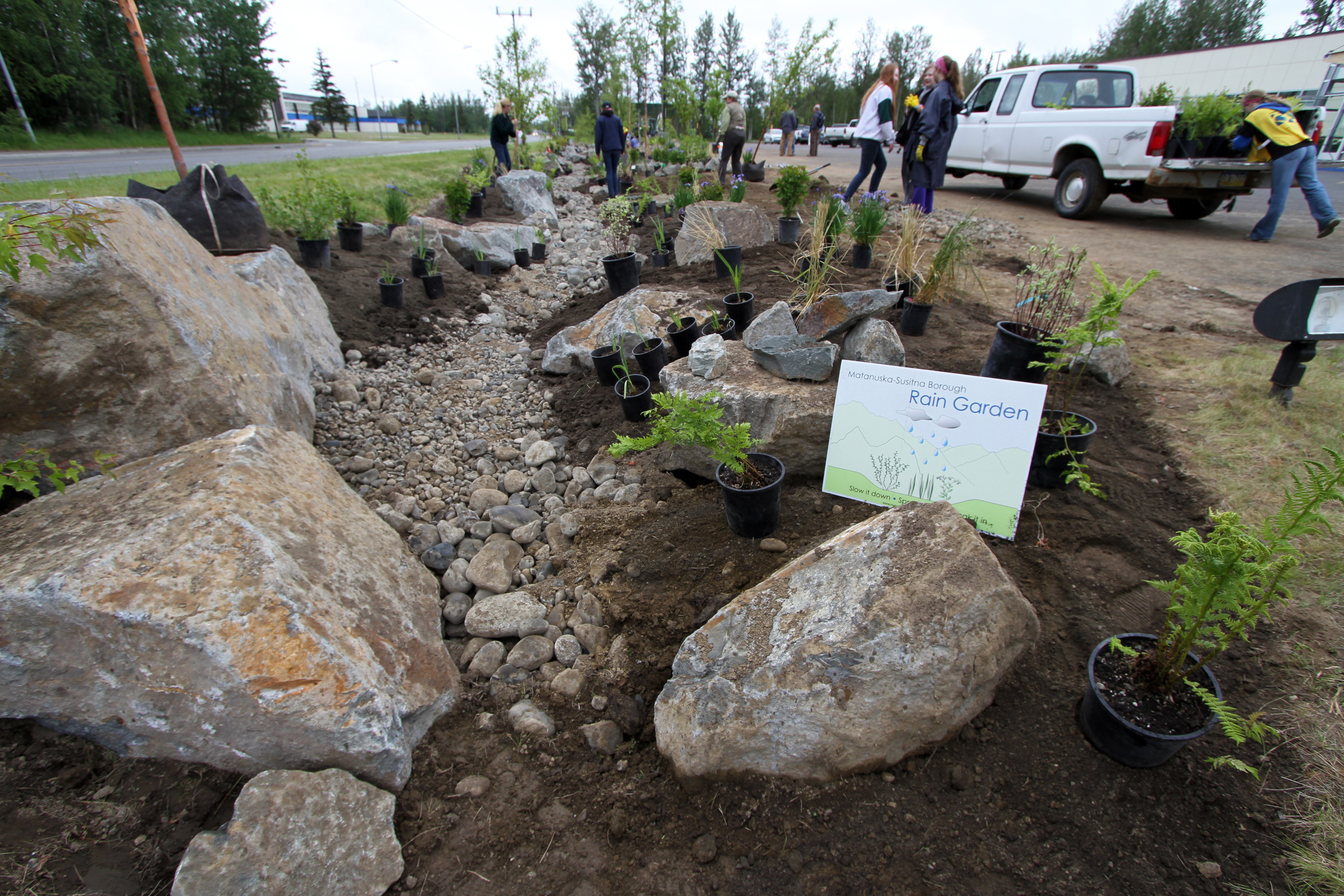 Although green infrastructure is a critical tool for solving stormwater management challenges, it includes a set of evolving technologies “with inconsistent performance and uncertain costs,” according to a new report, released in March, by the UC-Berkeley School of Law Center for Law, Energy & the Environment. Uncertainty about the performance or life-cycle costs of green infrastructure can hinder decision-making and lead communities to under-invest in green infrastructure or invest in less cost-effective solutions.
Although green infrastructure is a critical tool for solving stormwater management challenges, it includes a set of evolving technologies “with inconsistent performance and uncertain costs,” according to a new report, released in March, by the UC-Berkeley School of Law Center for Law, Energy & the Environment. Uncertainty about the performance or life-cycle costs of green infrastructure can hinder decision-making and lead communities to under-invest in green infrastructure or invest in less cost-effective solutions.
The report, “Accelerating Cost-Effective Green Stormwater Infrastructure: Learning from Local Implementation,” recommends enhancing learning from local implementation efforts to address knowledge gaps and speed cost-effective deployment. To address those gaps, the report identifies actions state and federal water quality authorities can take to drive data collection and sharing.
On Feb. 26, the U.S. Environmental Protection Agency’s Office of Wetlands, Oceans and Watersheds Natural Estuary Program also released a report on incorporating green infrastructure into municipal projects in public spaces. The report, “Green Infrastructure Opportunities that Arise During Municipal Operations,” provides approaches for local government officials and municipal program managers in small to midsize communities. The document presents examples and case studies of how integrating green infrastructure methods can enhance retrofits and maintenance projects and provide multiple community benefits.






